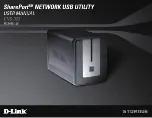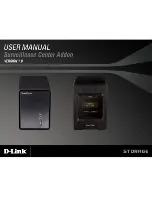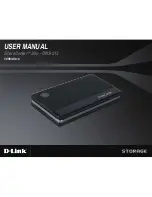
Appendix A: Specifications
Drive Tray
Specifications
A-3
ASIC 64-bit
chipset
(ASIC400)
Flash ROM
64Mbit (8MB)
NVRAM
128Mbit with RTC (with embedded RAIDWatch
utility)
Hardware XOR
Yes
Real-time Clock
For event messages with time record and task
scheduling
A.3 Drive Tray Specifications
Specifications
Height
28mm (1.1 inches)
Width
110mm (4.33 inches)
Depth
218.92mm (8.62 inches)
Bezel lock
Yes
A.4 Power Supply Specifications
Specifications
Nominal Power
530W with active PFC
DC Output
12.0V: 32A (Max.)
5.0V: 32A (Max.)
3.3V: 30A (Max.)
Input Frequency
47 to 63Hz
Input Voltage
100VAC @ 9A or 240VAC @ 4.5A with PFC
Power Factor
Correction
Yes
Hold-up Time
At least 20ms at 115/230VAC full load after a loss
of AC input
I
2
C
Through backplane to RAID controller(s)
Over-temperature
Protection
Auto shutdown when lost cooling or exceeded
ambient temperature; over-voltage protection is
also available.
Cooling Fans
No fans specific for PSU; heated air is drawn by
the cooling fan module fixed in the rear section of
PSU.














































